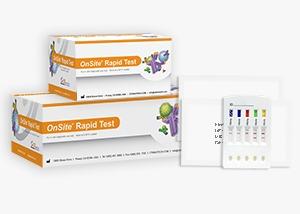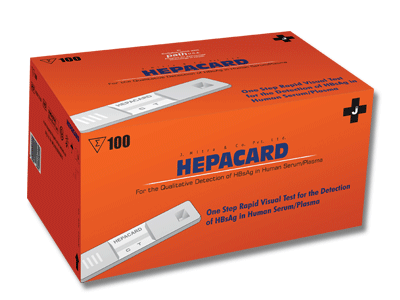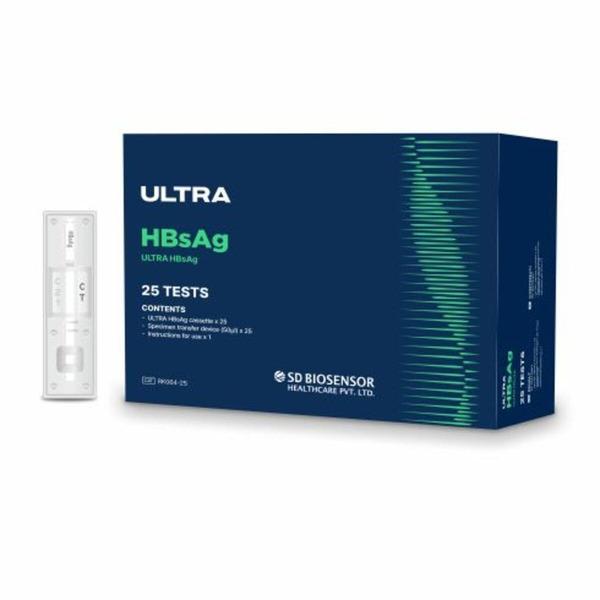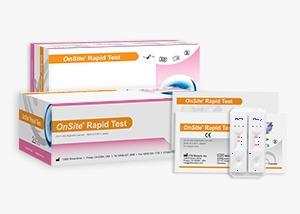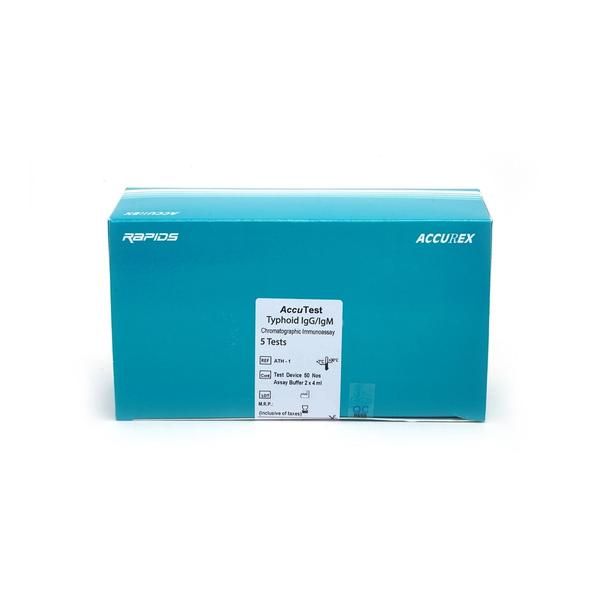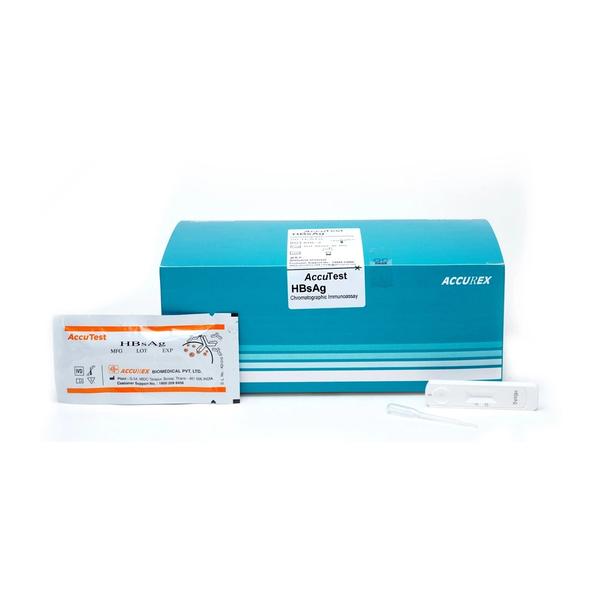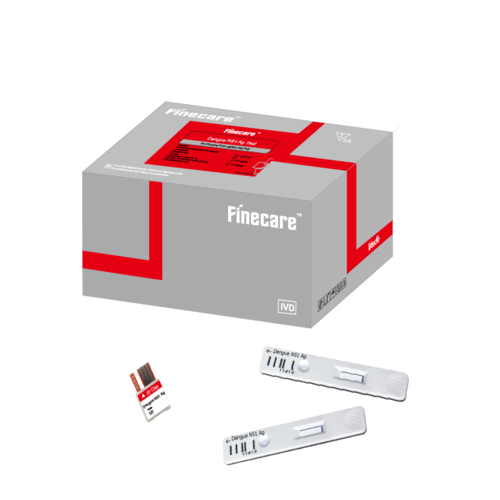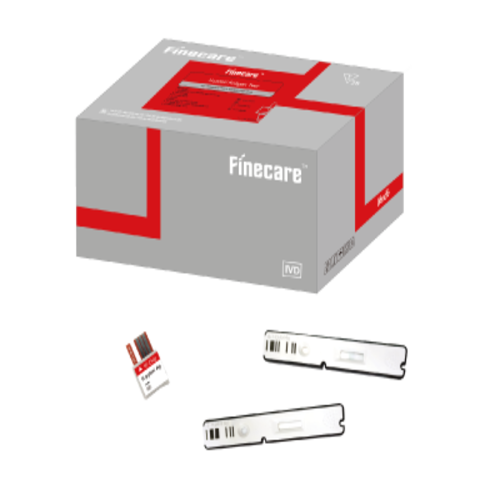Rapid Test
The OnSite Duo HSV-1/2 IgG/IgM Rapid Test is a lateral flow chromatographic immunoassay for qualitative detection and differentiation of antibodies (IgG and IgM) to herpes simplex virus 1 (HSV-1) and herpes simplex virus 2 (HSV-2) in human serum, plasma or whole blood. This test can be performed in 10 minutes by minimally skilled personnel without the use of laboratory equipment.
This test is intended to be used by professionals as a screening test and provides a preliminary test result to aid in the diagnosis of infection with HSV-1 and/or HSV-2.
The OnSite Duo HSV-1/2 IgG/IgM Rapid Test uses HSV-1 glycoprotein G1 and HSV-2 glycoprotein G2 for the specific detection and differentiation of IgG and IgM antibodies to HSV-1 and HSV-2 in serum, plasma and whole blood. An HSV-1 and/or HSV-2 IgM positive result indicates an active infection, which may be primary or recurrent. An HSV-1 and/or HSV-2 IgG positive result indicates a recent or past infection. However, a negative test result does not preclude the possibility of infection with HSV-1 and/or HSV-2.
Any interpretation or use of this preliminary test result must also rely on other clinical findings as well as on the professional judgment of health care providers. Alternative test method(s) should be considered to confirm the test result obtained by this device.
Clinical accuracy:
90.6% sensitivity and 91.4% specificity for anti-HSV-1 IgG detection
93.8% sensitivity and 96.0% specificity for anti-HSV-2 IgG detection
85.0% overall agreement for anti-HSV-1 IgM detection comparing to commercial ELISA
100% overall agreement for anti-HSV-2 IgM detection comparing to BBI Panel (PTH202)
Positive rate on random clinical specimens:8% for IgG anti-HSV-1 and 4.9% for IgM anti-HSV-1 (n=10,000); 4.6% for anti-HSV-2 IgG and 1.7% for anti-HSV-2 IgM
Cross reactivity: no cross reactivity with the following disease states or special conditions, respectively: palladium, H. pylori, Dengue, Malaria, Typhoid, Toxoplasma, Rubella, CMV, hCG, TB, HAV, HBV, HCV, HEV, HIV, ANA, HAMA, RF (up to 1,000 IU/mL)
Interference: No interference was seen with Albumin 60 g/L , Hemoglobin 2 g/L, Bilirubin 20 mg/dL, Heparin 3,000 U/L, Creatinine 442 µmol/L, Salicylic acid 4.24 mmol/L, EDTA 3.4 µmol/L, Sodium citrate 8%, Glucose 55 mmol/L
Shelf life: 24 months
Individually sealed foil pouches containing:
One cassette device
One desiccant
Capillary tubes (10 µL)
Sample diluent (REF SB-R0203, 5 mL/bottle)
Package insert (instruction for use)
Individually sealed foil pouches containing:
One cassette device
One desiccant
Capillary tubes (10 µL)
Sample diluent (REF SB-R0203, 5 mL/bottle)
Package insert (instruction for use)
Send Message
